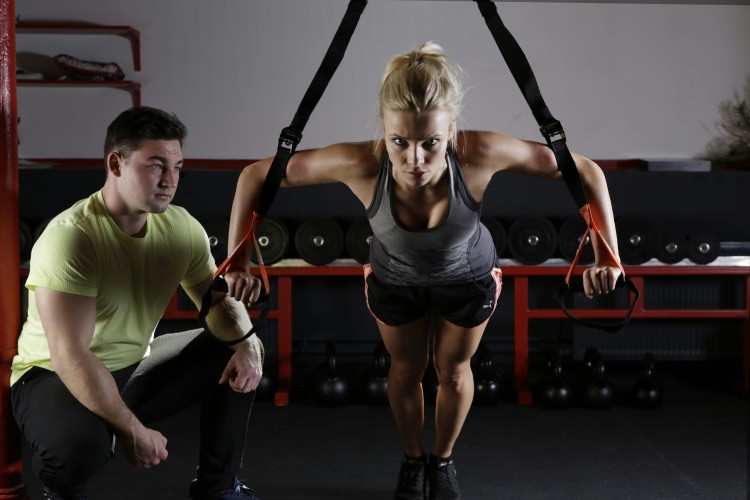- CONTACT US
- AFS
- Business
- Bussiness
- Car
- Career
- Celebrity
- Digital Products
- Education
- Entertainment
- Fashion
- Film
- Food
- Fun
- Games
- General Health
- Health
- Health Awareness
- Healthy
- Healthy Lifestyle
- History Facts
- Household Appliances
- Internet
- Investment
- Law
- Lifestyle
- Loans&Mortgages
- Luxury Life Style
- movie
- Music
- Nature
- News
- Pet
- Plant
- Politics
- Recommends
- Science
- Self-care
- services
- Smart Phone
- Sports
- Style
- Technology
- tire
- Travel
- US
- World
- エンタメ
- スポーツ
- 科学
- 経済

What kind of running shoes should you get for walking, especially long time? Next time you try on shoes, be sure to use these criteria as your evaluation:
The first thing to consider is shoe size. We've all said it before: shoes should neither be too big nor too small. How is that possible? You may check for heel space, but also check the toe box: Make sure your toes can move freely so the friction between either toe or toes and sole is minimized to prevent calluses. But it shouldn't be so loose that When the foot moves inside, slight resistance needs to be felt.
Second: Upper material. The upper must not be too stiff, and softness isn't always better. Lateral supports are essential for stabilizing the feet. The too-soft uppers (Only fabrics), although comfortable and do not hold the feet in place. Even a minor error in posture or small loss balance will easily cause ankle sprain.
Third: Cushioning function. There should be a defined collar in the shoe's heel with some hard material inside around Achilles tendon to feel comfortable and give shock absorption. Insoles and midsoles should be made from gel materials, memory foams or air-based systems to provide cushioning and arch support.
Fourth: Sole design. The sole should offer adequate grip. Major Differences: Go for high friction raised treads on mountain paths, whereas flat soles are sufficient for urban pavement.
When I was young, my mother would test shoes with their bending little—If the sole came together, she thought it flexible. But according to sports medicine studies, this method is incorrect. Overly flexible soles lack proper support and hurt the plantar fascia. What's the right way to choose? Place your shoe on the ground flat: A gentle curve of the forefoot should not fall below the arch line. This allows an ideal balance of flexibility and support.
LATEST POSTS
- 1
 All the ways Marjorie Taylor Greene has shifted her approach lately — and why Trump is 'surprised at her'
All the ways Marjorie Taylor Greene has shifted her approach lately — and why Trump is 'surprised at her' - 2
 Visiting This Japanese City Just Got A Little More Expensive (Here's What Travelers Should Know)
Visiting This Japanese City Just Got A Little More Expensive (Here's What Travelers Should Know) - 3
 BravoCon 2025: How to watch, full schedule and lineup, where to stream free and more
BravoCon 2025: How to watch, full schedule and lineup, where to stream free and more - 4
 Full SNAP benefits must be paid ‘promptly,’ USDA tells states as government reopens
Full SNAP benefits must be paid ‘promptly,’ USDA tells states as government reopens - 5
 What to know about Jack Dorsey's new Vine revival, DiVine
What to know about Jack Dorsey's new Vine revival, DiVine
 Sleep: What Are the Minimum and Maximum Requirements?
Sleep: What Are the Minimum and Maximum Requirements? How to Select Ergonomic Chairs for Lumbar Spine Protection
How to Select Ergonomic Chairs for Lumbar Spine Protection The Science of Walking: Five Key Health Benefits of Walking Correctly
The Science of Walking: Five Key Health Benefits of Walking Correctly How Much Vitamin E is Necessary and Ways to Supplement It?
How Much Vitamin E is Necessary and Ways to Supplement It? The difference between family health management and disease management
The difference between family health management and disease management The Science of Walking: Speed & Stance
The Science of Walking: Speed & Stance Antiviral Medications: Components and Efficacy in Treating Colds and Flu
Antiviral Medications: Components and Efficacy in Treating Colds and Flu What factors trigger anti-aging repair mechanisms?
What factors trigger anti-aging repair mechanisms? How to Pick Cervical Spine Support Tools
How to Pick Cervical Spine Support Tools













